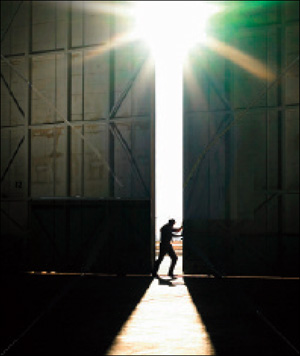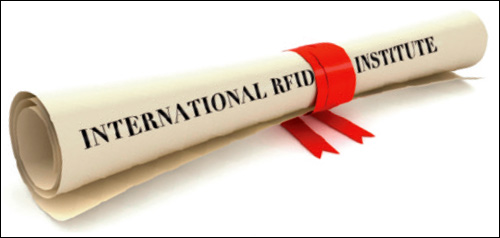Radio frequency identification has been hailed as a way for retailers to improve store performance by boosting inventory visibility. Store associates, for example, can use handheld readers to take cycle counts weekly, or even daily, so retailers can see what items are missing from shelves and replenish them. This prevents retailers from losing a potential sale because a customer can’t find the desired item.
But some retailers are finding that as they roll out the technology across hundreds of stores, it’s difficult to manage individual deployments. Store associates don’t always use the RFID system as intended, and store managers don’t necessarily stay on top of them to do so. Associates might not do regular cycle counts and replenish items that are out of stock. Or they might not use a handheld to locate items that are out of place and return them to their proper spots.
RFID solution providers involved in large retail rollouts have begun to address these issues. Checkpoint Systems, for example, recently introduced a smart table that can be used at a distribution center to immediately check whether an apparel supplier has shipped the correct items. The RFID hardware and software are integrated into the table and linked to a retailer’s enterprise software. As an employee runs tagged items over the table’s surface, inventory data is updated and items ordered but not received are flagged. This enables staff members to receive items without having to remember to read tags with a handheld reader.
Checkpoint has also developed a smart table designed for the back of stores. As an employee folds clothing items received from the distribution center on the table, a reader captures the unique serial number in each tag and confirms the item was supposed to be shipped. The system flags any items shipped in error. If an item is needed on the sales floor, the system alerts the employee to bring it out immediately.
The same system can be used to facilitate omnichannel shopping. The table can confirm that an order arriving at the back of the store—or picked from the store’s inventory—was purchased online, so the item will be available when the customer comes to get it. The aim of these integrated stations is to simplify routine tasks for store and distribution center associates, so systems can be rolled out quickly—and employees, even temporary workers, will use them.
Impinj began this trend in 2013 when it unveiled its xArray system, which combines its Speedway Revolution R420 reader with a beam-steerable antenna and software. The xArray, now available for broad distribution, is designed for installation in retail store ceilings. Conventional RFID antennas capture data from tags in a narrow read field, but beam-steerable antennas can determine the location and movement of tagged objects in a larger read field. The xArray creates a 40-foot-diameter read zone and can show where a tagged item is within that zone. Impinj worked with one of its partners to create a touch-screen solution that shows items for sale. A store associate or customer can click on the item and see where it is located in the store, even if it has been misplaced.
Overhead readers obviate the need for store associates to use handhelds to conduct cycle counts. Inventory is continually being counted. Several other companies have adopted this approach.
Tyco Retail Solutions recently launched a beam-steerable RFID antenna—the Sensormatic IDA-3100 RFID—that comes in a slim, low-profile case so it can be installed unobtrusively on store ceilings and walls. The IDA-3100 can create read zones in fitting rooms, at transition areas and in stock rooms. This makes it possible, for example, to send alerts when an item has been left in a fitting room or an out-of-stock item isn’t replenished within a certain period of time.

Tyco Retail Solutions has also ported its TrueVue retail software to the Apple iOS, so it can run on an iPhone attached to an RFID handheld sled created by Technology Solutions UK Ltd. By having the software run on the iPhone, which is familiar to most store associates, the solution becomes simpler to roll out and more likely to be used.
Intel has developed a prototype of a low-cost ultrahigh-frequency reader with power-over-Ethernet and an intelligent networking device that can control multiple readers. The unit creates read zones like beam-steerable antennas, but is not as sophisticated as some of the beam-steerable readers on the market. That’s because Intel wanted to create a reader system for retailers and companies in other industries that is inexpensive and simple to deploy.
The system eliminates the need to hire an electrician to run power to readers, and to network the readers so data from multiple readers can be combined, filtered and sent to applications easily and cost-effectively. Intel developed the intellectual property and expects to license it to third parties that will build the readers and networking devices. It promises to reduce the cost and complexity of deployments, which should speed up adoption and reduce the need for employees to do regular cycle counts.
It is likely these products are the first wave of new RFID solutions that are easier to deploy and more intuitive to use. Solutions that scale are critical in retail, because many retailers have 100 locations or more. Ease-of-use product features and scalability strategies that prove successful in retail will be extended to products designed for warehouse and factory locations. That’s good news for end users in other industries that will likely benefit from the advances being made for large retail deployments.


